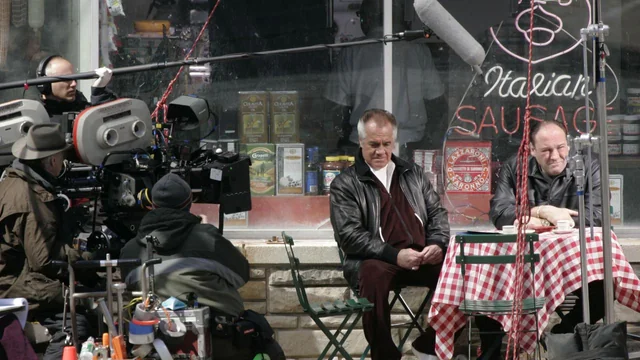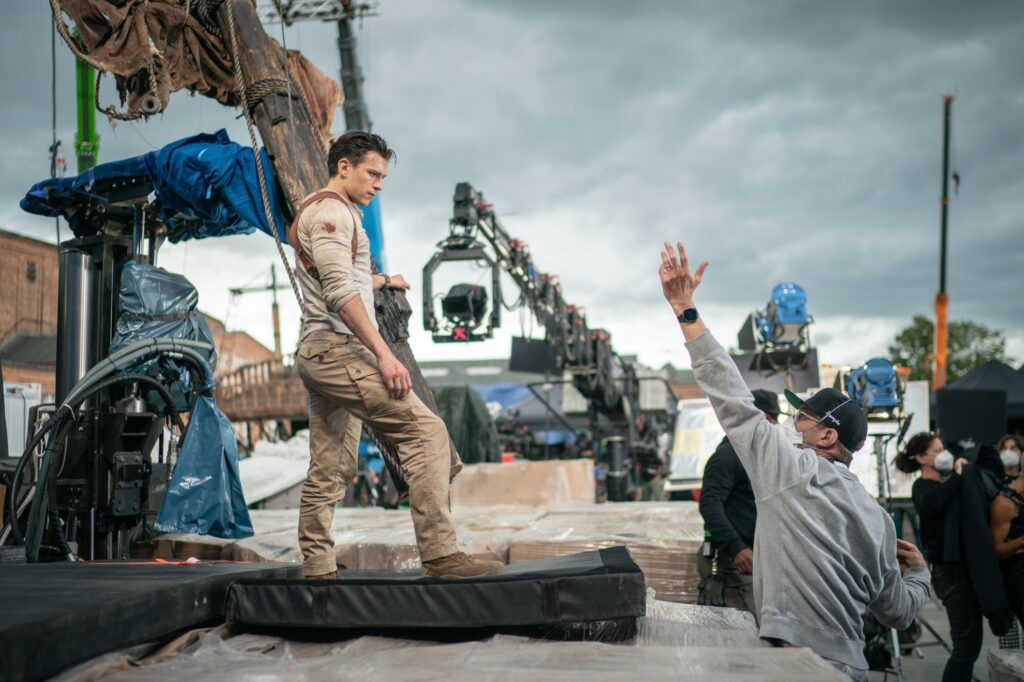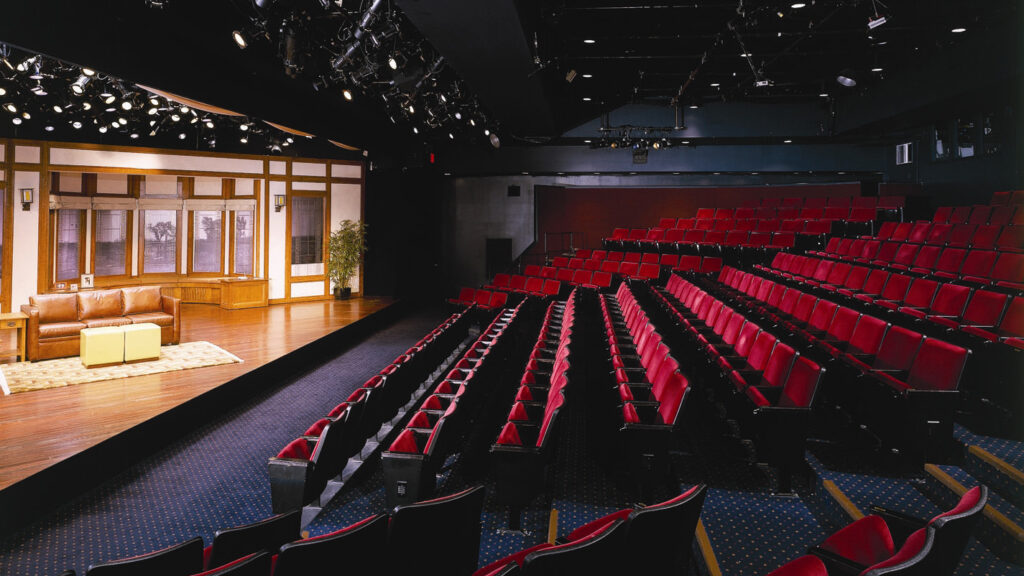
The world of performing arts offers a dazzling array of acting roles, each with its own set of challenges and rewards. From the immersive realms of television and the dramatic expanses of film to the live, pulsating energy of theater, actors find opportunities to explore a variety of characters. Whether it’s the subtle background presence of an extra, the complex portrayal by a series regular, or the dynamic expressions of a theater lead, each role is vital in bringing stories to life. This article delves into the diverse types of acting roles available across these platforms, highlighting how each contributes uniquely to the magic of performances and storytelling.
The Different Types of TV Acting Roles

In the bustling world of television, a myriad of acting roles flourishes, each vital to the storytelling process. From the vivid leads that capture our hearts to the Background Actors who subtly populate the scenes, every role is a thread in the rich tapestry of TV production. Understanding these roles is not just about recognizing faces; it’s about appreciating the myriad contributions that range from speaking parts to the silent, yet powerful presence of extras. At Central Casting, the diversity of these roles is celebrated, highlighting how each actor, regardless of the spotlight, adds a unique shade to the overall picture.
Background Actor
Imagine a busy city street in your favorite TV show. Who creates that thrum of life in the backdrop? It’s the Background Actors, the unsung heroes who offer a slice of reality within the scripted drama. These actors, often referred to as extras, are pivotal in crafting the atmosphere and ambience that make the scenes believable. They don’t have lines, yet their presence is anything but silent.
Co-Star
In the intricate world of TV dramas and comedies, the role of a Co-star is essential yet often understated. Co-stars typically support scenes with minor speaking roles or significant non-speaking presences that enhance the depth and authenticity of a scene. While their screen time might be limited, often spanning a single day work, their contributions are crucial. They interact directly with main characters, adding layers to the primary narrative and enriching the viewer’s experience by showcasing a broader spectrum of the story’s environment.
Where can I find costar roles in TV? – You can find TV auditions at Actors Access
Guest Star
Stepping into the spotlight with more prominence, Guest Stars are pivotal to television episodes. These actors bring significant character arcs or pivotal plot points to life, often integrated seamlessly into the storyline for a single or a series of episodes. The role of a guest star is not just a cameo; it’s a substantial part that comes with better pay and considerable screen time. This role often serves as a critical turning point in the series, offering actors a chance to display range and versatility, and sometimes, these roles become potential recurring characters based on audience response and narrative needs.
Recurring
Recurring roles are for those characters who find themselves woven repeatedly into the fabric of a series. These characters are seen across multiple episodes or even seasons, evolving within the ongoing storyline. Recurring actors often have seasonal or multi-episode contracts that ensure their return, providing them with a unique opportunity to develop their characters over time. Their repeated appearances build familiarity and depth, enriching the narrative and allowing viewers to connect more deeply with their journeys.
Series Regular
At the core of any TV series are the Series Regulars, those main characters who carry the storyline across multiple years. These principal actors appear consistently, episode after episode, season after season. Being a series regular means having extensive involvement in the series’ development, often seen in every major scene, confronting challenges, and experiencing growth. This role requires a long-term contract with the show, providing actors a stable platform to develop their craft deeply and contribute significantly to the series’ success.
Each of these roles—from the brief yet impactful co-star to the foundational series regular—plays a vital part in the tapestry of television storytelling, highlighting the diverse array of types of acting roles available on TV sets today.
Types of Acting Roles in a Movie

The world of cinema is a kaleidoscope of talents where every actor plays a pivotal role in bringing a story to life. From the silent whispers of extras to the compelling dialogues of lead actors, each role is crafted to enhance the film’s narrative and aesthetics. Understanding the spectrum of film roles is essential for appreciating the intricacies of movie production and the collaborative effort required to create cinematic magic.
Cameo
A Cameo is like a delightful surprise in a film, often a brief appearance by a well-known celebrity or a culturally significant figure. These roles are usually without lines, but the presence alone of such personalities can add a layer of intrigue or humor to the scene. Cameos are memorable fun moments that can serve as tributes or playful nods to the audience, sometimes becoming the most talked-about parts of a movie. They seamlessly weave the real with the fictional, creating a unique space where viewers can connect more deeply with the film through these fleeting yet impactful appearances.
Extras
Extras are the unsung heroes of film, creating the background ambience necessary to give scenes a realistic feel. Whether they are bustling city folk or attendees at a grand ball, their presence is crucial, though they rarely receive individual credit. Extras help to flesh out the main action, providing depth and a sense of scale to the settings they populate.
Supporting Roles
Supporting actors are the backbone of any narrative, providing depth to the storyline and enhancing the development of lead characters. These roles range from sidekicks and mentors to antagonists and comic relief, each adding layers of complexity to the plot. Supporting actors often hold significant screen time and can sometimes steal the show with their performances.
Lead Roles
The lead actors hold the central storyline, drawing viewers into the narrative and guiding them through the emotional and thematic arcs of the film. These roles demand a strong presence and versatility, as they are crucial in driving the plot forward. Lead actors are often seen as the face of the movie, carrying the weight of audience expectations and critical scrutiny.
In the vast expanse of cinema, each actor, regardless of the size of their role, contributes to the story’s unfolding. Understanding these roles not only enhances our appreciation of films but also underscores the collaborative art that is cinema.
Types of Roles in Theater

Theater is a dynamic art form that relies on a diverse array of talents to bring stories to life on stage. Understanding the different types of roles in theater is key to appreciating how each contributes uniquely to the success of a production. From the often unseen yet crucial understudies to the vibrant chorus and the main cast, every role has its significance.
Understudy
An understudy is a backstage hero, prepared to step into a lead or supporting role at a moment’s notice. These individuals must learn multiple roles and be ready to perform if a cast member is unable to go on stage. The understudy’s role is pivotal because they ensure that the show can go on, no matter what, maintaining the continuity and quality of the performance.
Chorus
The chorus in a theatrical production acts as the backbone of the performance, often providing the narrative background needed to propel the main action forward. In musical theatre, the chorus performs the ensemble numbers and supports the lead roles with song, dance, and sometimes, minor character roles. They are essential for adding depth and energy to the performance, creating an atmosphere that can transport the audience to another world.
Lead Roles
Lead actors carry the weight of the production, portraying the central characters around whom the story revolves. These roles require a significant amount of skill and charisma, as they are central to storytelling and audience engagement.
Supporting Roles
Supporting actors play roles that enhance the story development and help in fleshing out the main narrative. These characters add complexity and richness to the plot, providing main characters with relationships and interactions that drive the story forward.
Technical Crew
While not actors, the technical crew’s role in theater is indispensable. This includes directors, stage managers, lighting and sound technicians, and set and costume designers. Each member contributes to the seamless execution of the performance, ensuring that the actors’ work is supported and highlighted through technical excellence.
In conclusion, theater is a collaborative art form where every role, whether on stage or behind the curtains, is crucial. The success of theatrical performances relies on the harmonious interplay between these roles, each adding its unique flavor to the final presentation. Understanding these roles not only enhances our appreciation of theater but also highlights the diverse skill sets required to bring a production from script to stage.







